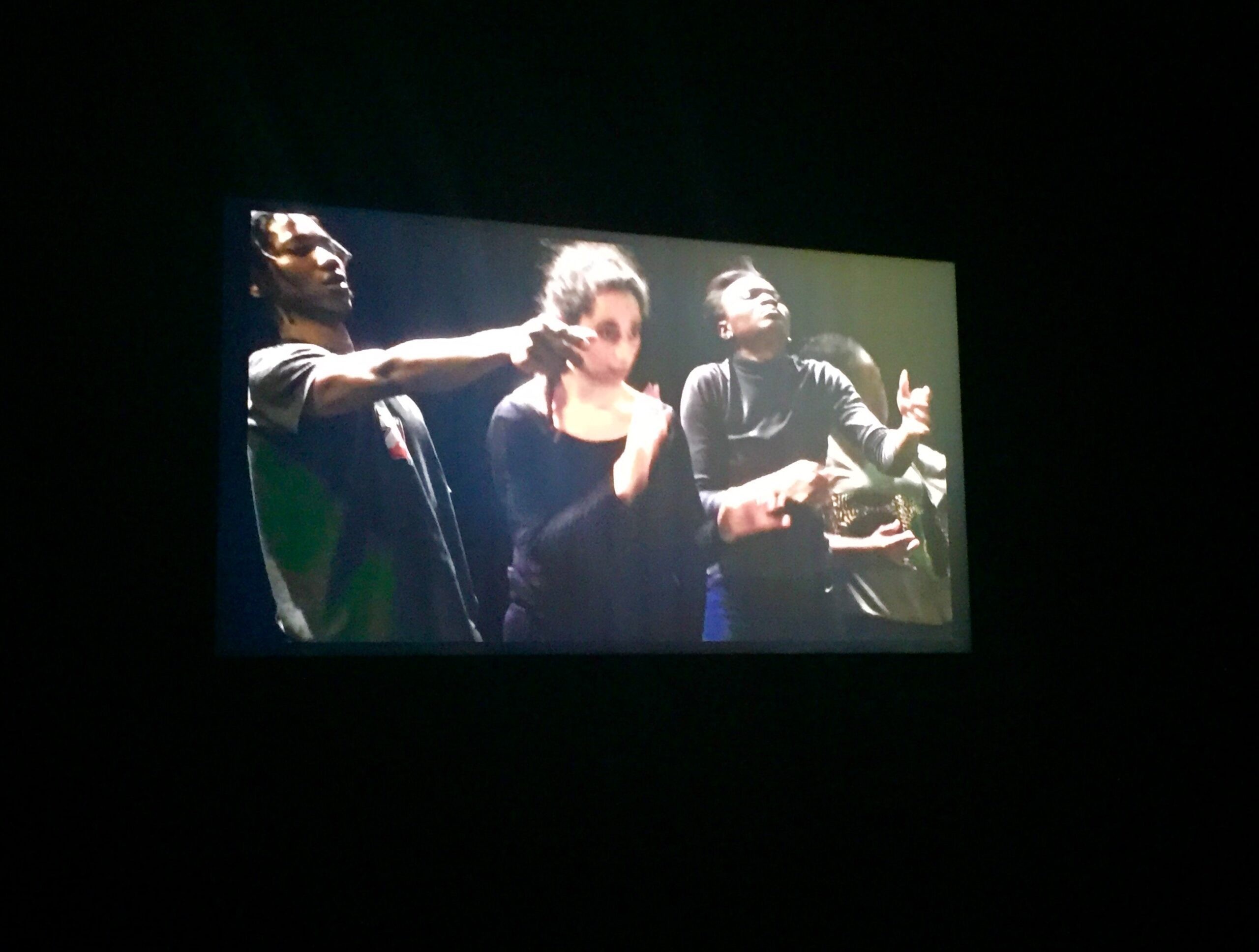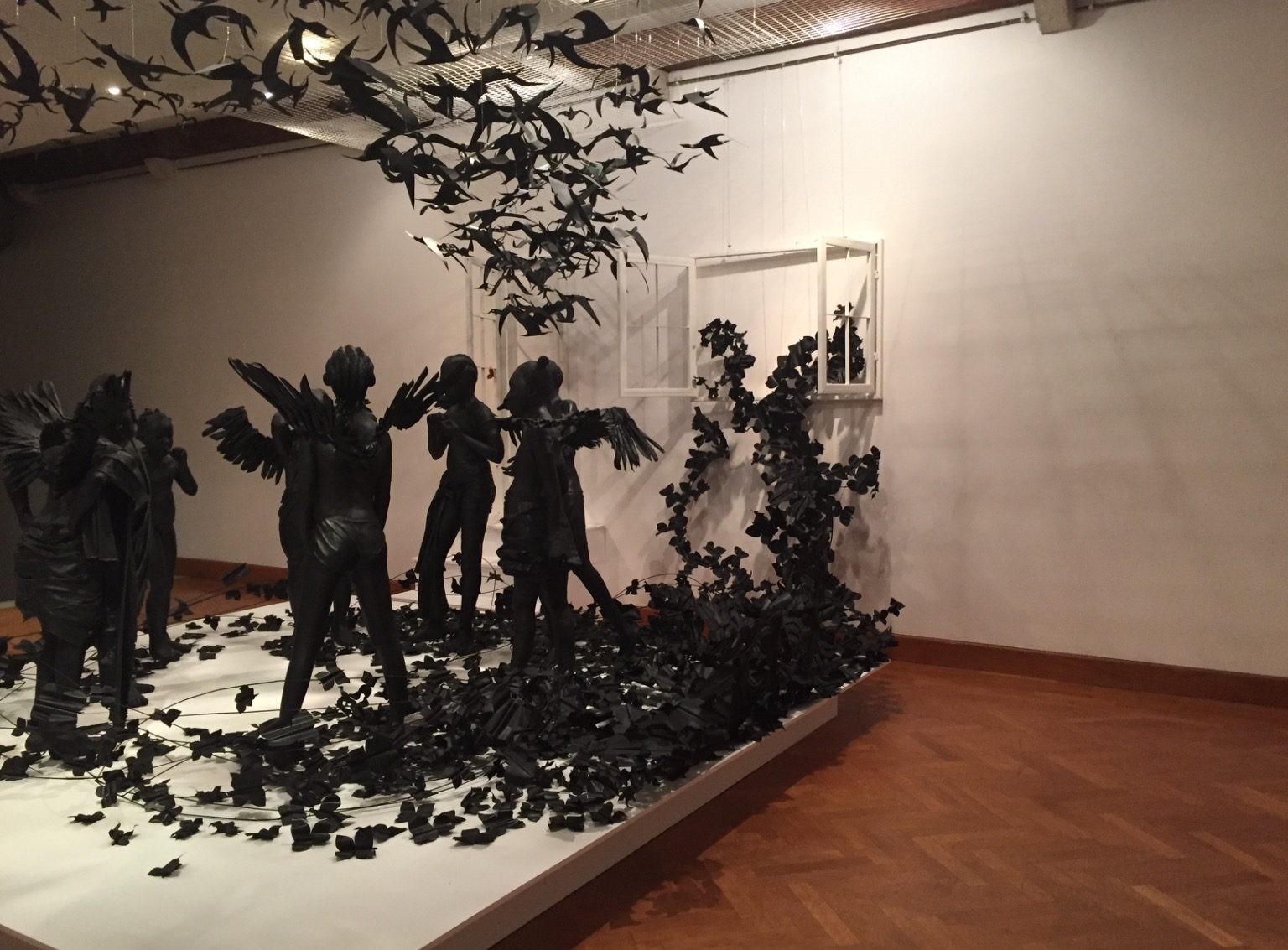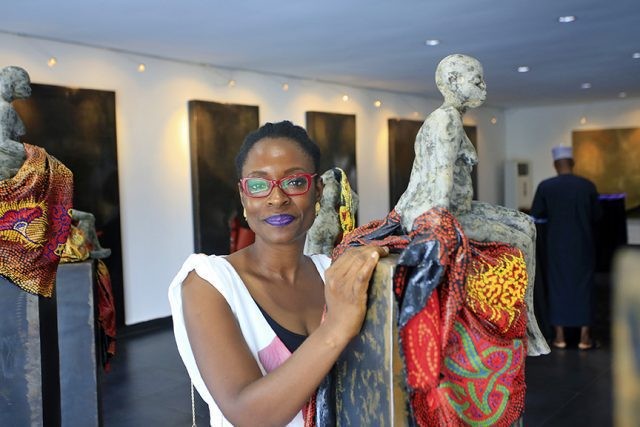‘How About Now?’

11 May 2017
Magazine C& Magazine
4 min read
C&: What can we expect to see at Nigeria’s first pavilion at the Venice Biennale? Adenrele Sonariwo: It will be an immersive experience. Being our debut presentation we decided it was important to tell a layered, multidimensional story which we will do through the presentation of sculpture, installation and performance. We plan to tell a …
C&: What can we expect to see at Nigeria's first pavilion at the Venice Biennale?
Adenrele Sonariwo: It will be an immersive experience. Being our debut presentation we decided it was important to tell a layered, multidimensional story which we will do through the presentation of sculpture, installation and performance. We plan to tell a story about time: Our exhibition ‘How About NOW?’ is a meditation on the notions of time and identity as the starting point for a consideration of the demands exerted by the present. Through the ‘now’ we reflect not only on our myths and histories as a country and society – that is Nigeria – but equally on how we choose to relay contemporary narratives in a fragmented, but interconnected, present. We have chosen three Nigerian artists who are currently producing at the height of their careers. For those who follow the artistic, cultural scene in Nigeria and Africa, their names will be familiar: Peju Alatise, Victor Ehikhamenor, and Qudus Onikeku. If you haven’t heard of them yet, and should you come to our pavilion, they are names you will NOW not forget!

<figcaption> Peju Alatise, Flying Girls
C&: What impact does this year's participation have on Nigeria's artistic landscape?
AS: The world has seen Nigerian artists excel as individuals. Today, Nigerian artworks sit in important permanent public and private collections all over the world. However, with the Biennale we are able to present ourselves as a collective, strong voice. The Biennale will not only be beneficial for participating artists but will open the door of engagement for an entire Nigerian contemporary art industry. We will no doubt be taken more seriously as an art market in a global context. The world will also know we are open for investment when it comes to the arts. This will no doubt be beneficial for Nigeria’s artistic landscape now that this door has been opened.
C&: How would you describe your curatorial approach?
AS: We were guided by history and the present in the same breath and felt a duty to connect the dots. Our exhibition, How About Now? Means to evoke a contemporariness that encompasses a range of ideological possibilities, and which implicates the past, new or modern, or the postcolonial. This pavilion takes into cognizance the above timeframes and makes a connection between the artworks featured and the milieu in which Nigerian artists work, while equally linking their artistic imaginations to the continuum of experience and complexities of our national identity. In the past century, a plethora of artistic narratives, milestones have occurred in little drops that have led up to this very moment, showing at the most important art exhibition in the world. The last time Nigeria had a concerted, united front in the arts was FESTAC ’77, the Second World Black and African Festival of Arts and Culture. In this same time, Nigerian society has morphed in political and social ways that have left a tattoo on our consciousness as a people. Cognizant of this, How About Now? seeks to evoke the present as an avatar: making a recourse to history, and speculating on the future. Neither nostalgic nor escapist, we insist on thinking about Nigeria’s past and future to understand the interrelated nature of time.
Interview by Jessica Aimufua.
Read more from

MAM São Paulo announces Diane Lima as Curator of the 39th Panorama of Brazilian Art

Naomi Beckwith Unveils Core Artistic Team for documenta 16

Fundação Bienal de São Paulo Announces List of Participants for its 36th Edition
Read more from

1-54 New York
